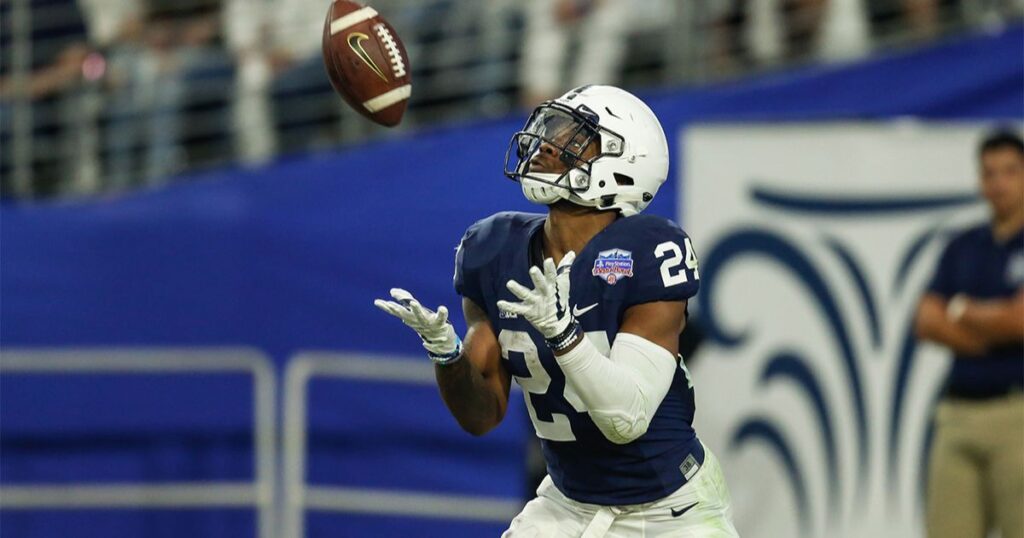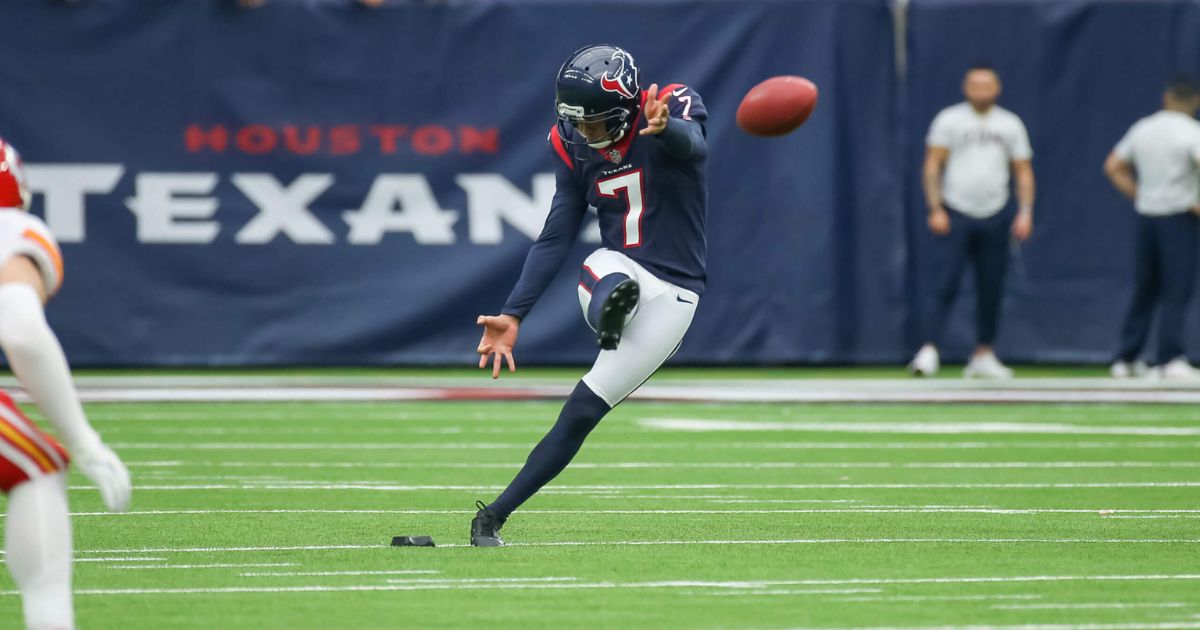Imagine a time when punt returners could blatantly blindside defenders after signaling for a fair catch.
Sounds unthinkable today, doesn’t it? The NFL’s kickoff and fair catch rules have undergone a remarkable transformation over the decades, driven by a commitment to player safety and an ever-evolving game.
In this comprehensive article, we’ll trace the history of these rule changes, exploring the rationale behind them and their lasting impact on the sport.
The 1974 Kickoff and Punting Game Overhaul
In 1974, the NFL legislated some of the biggest changes to both the kickoff and punting games. Here’s a breakdown of the monumental adjustments:
- Kickoffs Moved Back 5 Yards: To increase player safety, kickoffs were moved back from the 35-yard line to the 30-yard line, reducing the speed and impact of collisions between teams.
- Goalposts Shifted to the Back of the End Zone: For better visibility and to prevent potential injuries from players colliding with the goalposts, they were relocated from the goal line to the back of the end zone.
- Restrictions on Punting Team Players: Only the snapper and two players at the end of the offensive line could release at the snap on punts. Previously, any player on offense could go downfield, creating chaos and increasing injury risks.
These changes reshaped offensive and defensive strategies, forcing teams to adapt their special teams units and gameplay approaches.
For instance, the punting team had to be more strategic in their formations and releases, while the receiving team had to adjust their return setups due to the repositioned kickoffs.
The Fair-Catch Conundrum of 1967

Before 1967, the fair catch rule (a carryover from rugby) allowed punt returners to signal for a fair catch but then blatantly initiate contact with the opposing team’s punt coverage players instead of catching the ball.
This practice was not only dangerous but also went against the spirit of the rule, which was meant to protect the returner from unnecessary hits.
At the 1967 NFL owners’ meeting in Honolulu, a significant portion of the discussion revolved around this issue. The meeting minutes capture the conversation:
Change to Rule 8, Section, 1 to eliminate the situation in the present fair catch rule that protects one player but does not afford his opponents the same protection was further amended […] by adding a new Item (3) to Rule 8, Section 1 article two as follows:
Rule 8 – Section 1 – Article 2 – Item 3
Item 3. If a player signals (valid or invalid) for a fair catch, he may not block or initiate contact with one of the kickers until the ball touches a player.”
This rule change, unanimously passed after a motion by Vince Lombardi, effectively prohibited punt returners from blindsiding opponents after signaling for a fair catch, ensuring equal protection for both teams.
Read More :
How the Utility Player Role has Changed in Today’s Game
Prioritizing Player Safety: A Driving Force
Throughout the NFL’s history, player safety has been a driving force behind many rule changes, including those related to kickoffs and fair catches.
As early as the 1960s, league officials recognized the need to eliminate unnecessary violence and protect defenseless players.
Mark Duncan, the NFL’s supervisor of officials at the time, described the 1967 fair catch rule change as a way to prevent “cheap shots… on a relaxed opponent” – a clear indication of the league’s commitment to player well-being.
This commitment has only strengthened over time, with modern-day efforts focusing on minimizing head injuries, concussions, and other serious risks associated with the high-impact nature of the sport.
The Ripple Effect of Rule Modifications
The kickoff and fair catch rule changes did not occur in isolation; they had far-reaching consequences that reshaped various aspects of the game:
- Special Teams Strategy: Teams had to reevaluate and adjust their kickoff, punt, and return formations, as well as their overall special teams strategies, to comply with the new rules.
- Player Roles and Techniques: The roles and responsibilities of special teams players evolved, with new techniques and approaches required for successful execution under the modified rules.
- Game-Changing Moments: Certain rule changes, such as the fair catch kick (introduced in 1976), created new strategic opportunities and led to memorable game-changing moments throughout NFL history.
These ripple effects continue to be felt today, as the league remains vigilant in monitoring and adjusting rules to ensure both player safety and the integrity of the game.
Other Significant Fair-Catch and Kickoff Rule Adjustments
While the 1967 and 1974 rule changes were monumental, they were not the only significant modifications to the fair catch and kickoff rules. Here are a few other notable adjustments:
- Fair Catch Kick (1976): Introduced the opportunity for a free kick from the spot of the catch if a punt is fair caught inside the receiving team’s 20-yard line.
- Kickoff Formation Changes (2018, 2023): Aimed at reducing high-speed collisions and concussions by modifying kickoff formations and limiting the running start of coverage teams.
Each of these adjustments had its own rationale, whether it was creating new strategic elements or further prioritizing player safety in an increasingly physical game.
Conclusion
The NFL’s kickoff and fair catch rule have undergone a profound transformation, reflecting the league’s commitment to player safety while maintaining the integrity of the game.
From the groundbreaking changes in 1967 and 1974 to the ongoing tweaks and modifications, the evolution of these rules has reshaped offensive and defensive strategies, special teams roles, and the overall landscape of professional football.
As the NFL continues to prioritize player well-being, we can expect further rule adjustments and innovations aimed at reducing injuries and creating a safer playing environment.
One thing is certain: the rich history of these rule changes serves as a testament to the sport’s adaptability and its unwavering dedication to preserving the essence of the game we all love.



